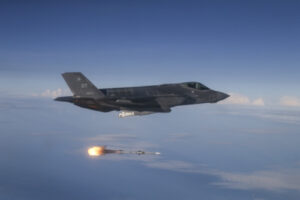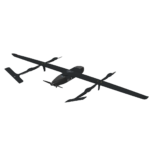
Defense officials told lawmakers May 2 that while they continue to drive down the sustainment cost of the F-35A Joint Strike Fighter, it will be “multiple years” before it can reach the same cost per flying hour as an F-15EX. Testifying before the House Armed Services Tactical Air and Land Subcommittee Thursday, Vice Adm. Mat Winter, the F-35 program executive officer, said the F-35 Joint Program Office is targeting a cost per flying hour of $34,000 by Fiscal Year 2024.…

 By
By 











